Arborvitae drought tolerance
spruceman
14 years ago
Related Stories
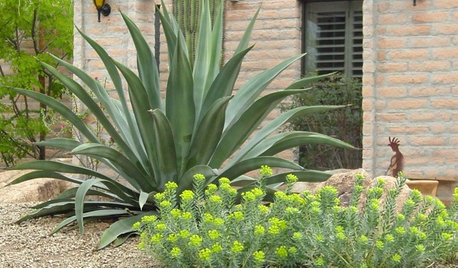
GARDENING GUIDESHow to Spot a Drought-Tolerant Plant
Label? Who needs a label? Learn the characteristics of plants that can thrive in hot, dry conditions to help you pick the right ones
Full Story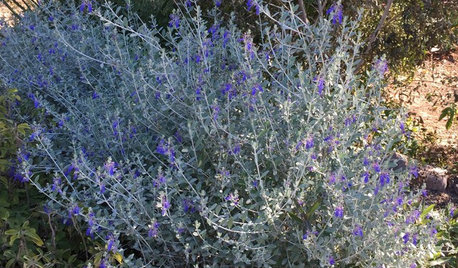
GARDENING GUIDESGreat Design Plant: Teucrium Fruticans for Drought-Tolerant Gardens
The silvery-gray foliage and blue flowers of this Mediterranean native stand out in low-water landscapes
Full Story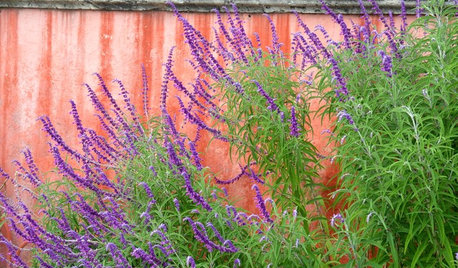
GARDENING GUIDES10 Plants for Colorful Fall Blooms in the Drought-Tolerant Garden
Want fall color but not a big water bill? Consider these not-too-thirsty fall bloomers
Full Story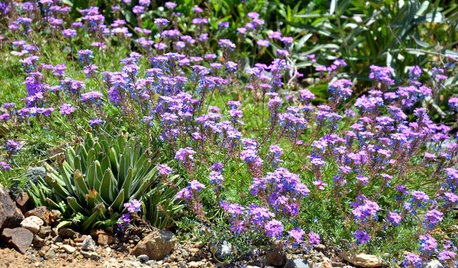
FLOWERS AND PLANTSGlandularia Pulchella Trails Color Through the Drought-Tolerant Garden
Masses of purple blossoms and finely textured foliage cover the ground of arid gardens from spring to fall
Full Story
GARDENING GUIDES10 Drought-Tolerant Shrubs That Thrive in Full Sun and Reflected Heat
Got a hot spot in your garden where plants often die? Try these tough shrubs that add beauty while shrugging off the heat
Full Story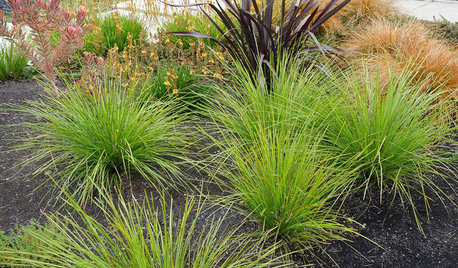
GRASSESVersatile Breeze Mat Rush Sails Into Drought-Tolerant Yards
Grassy Lomandra longifolia thrives year-round in shady and sunny gardens, in containers and in the ground
Full Story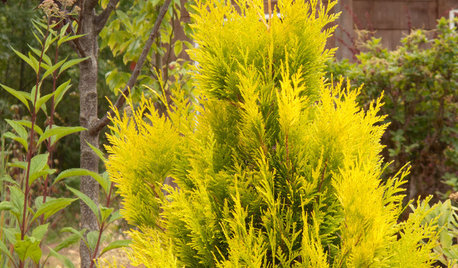
FOLIAGEGreat Design Plant: 'Forever Goldie' Arborvitae
As soft as a teddy bear, this golden conifer adds year-round interest to the garden
Full Story
LANDSCAPE DESIGNFlood-Tolerant Native Trees for Soggy Soil
Swampy sites, floodplains, even standing water ... if you've got a soggy landscape, these trees are for you
Full Story
GARDENING GUIDES10 Cold- and Heat-Tolerant Perennials and Shrubs for the Arid West
These flowering native plants shrug off the cold of winter and heat of summer while adding beauty to the drought-tolerant landscape
Full Story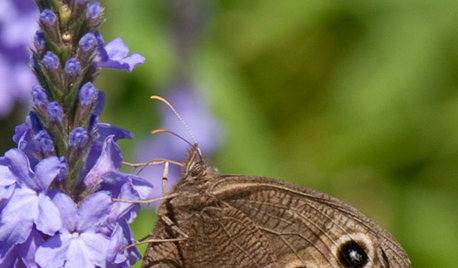
GARDENING GUIDESGreat Design Plant: Verbena Stricta Tolerates Tough Spots
With its subtle beauty and long-lasting flowers, this pollinator pleaser is a boon to wilder areas
Full Story








wisconsitom
basic
Related Professionals
Alexandria Landscape Contractors · Columbine Landscape Contractors · El Segundo Landscape Contractors · Florham Park Landscape Contractors · Kerman Landscape Contractors · Lemont Landscape Contractors · Marlborough Landscape Contractors · Matteson Landscape Contractors · Rochester Landscape Contractors · Salem Landscape Contractors · Shaker Heights Landscape Contractors · Southbury Landscape Contractors · Spring Landscape Contractors · Wentzville Landscape Contractors · Gulf Gate Estates Tree Servicesconiferjoy
gardengal48 (PNW Z8/9)
scotjute Z8
Embothrium
gardengal48 (PNW Z8/9)
Embothrium
scotjute Z8